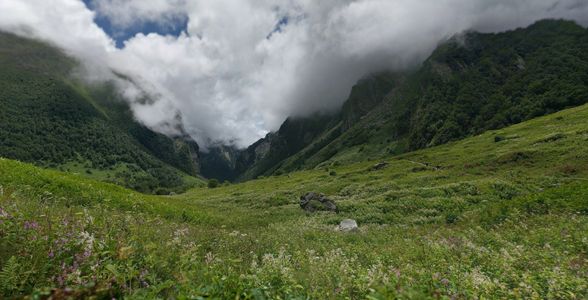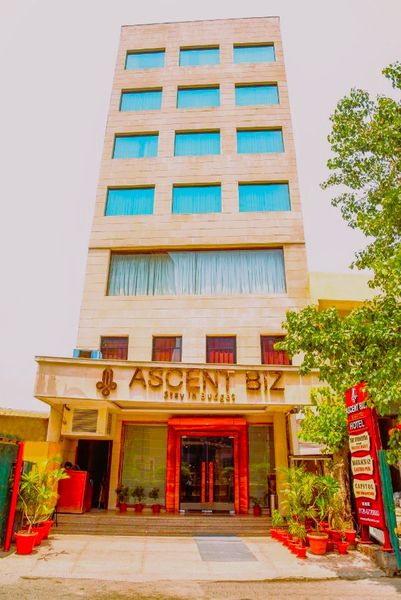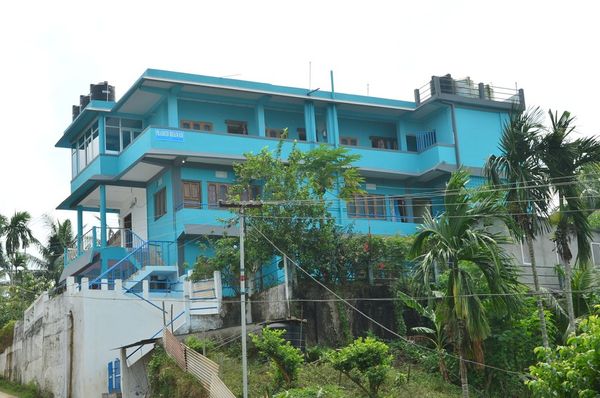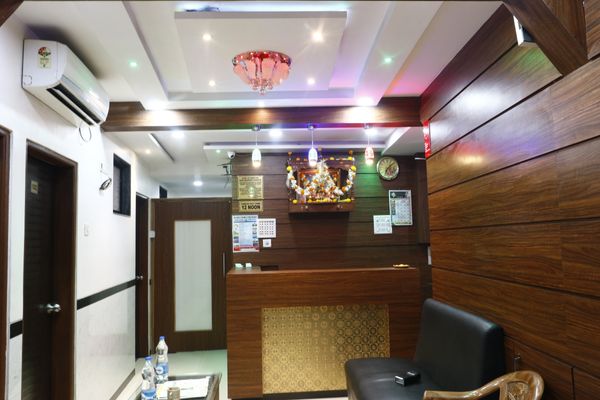Trekking Along Pushpavati River: A Scenic Route to Himalayan Bliss
 Deepanshu Travel
21 Jul, 2025
9 mins read
165
Deepanshu Travel
21 Jul, 2025
9 mins read
165

Trekking is one of the best ways to connect with nature. In the Indian Himalayas, the Pushpavati River offers a peaceful and scenic route for nature lovers. Flowing through the famous Valley of Flowers in Uttarakhand, this river creates a perfect path for trekkers who want to experience calm surroundings, fresh mountain air, and breathtaking views.
In this article, we will take a closer look at the Pushpavati River trek, what to expect, and how to prepare for this unforgettable journey.
Introduction to Pushpavati River
The Pushpavati River is located in the Chamoli district of Uttarakhand. It flows through the Valley of Flowers National Park, a UNESCO World Heritage Site. The river is fed by glaciers and snow from the nearby peaks. It later joins the Lakshman Ganga near Ghangaria and then merges with the Alaknanda River.
This river is surrounded by green meadows, alpine flowers, and tall mountains. It adds charm to the Valley of Flowers and creates a peaceful background sound for trekkers walking along the route.
Best Time to Visit
The best time to trek along the Pushpavati River is from June to September. During these months, the valley is full of blooming flowers and lush greenery. The weather is pleasant, and the sky is mostly clear. This makes it easier to walk and enjoy the scenic beauty around.
In July and August, the Valley of Flowers reaches its peak bloom. Thousands of flowers of different colors and sizes cover the valley, turning it into a painter's dream.
Starting Point of the Trek
The trek begins from a small town called Govindghat, located near Joshimath in Uttarakhand. From Govindghat, you can take a short drive or shared taxi to a village called Pulna. This is the real starting point of the trek.
From Pulna, the trail follows the Pushpavati River and takes you to Ghangaria. This is a small settlement that serves as a base camp for the Valley of Flowers and Hemkund Sahib treks.
Route Overview
The route along the Pushpavati River is both exciting and relaxing. It is not too difficult and can be done by beginners who are fit and healthy.
Pulna to Ghangaria
This part of the trek is about 9 kilometers long. It usually takes 4 to 5 hours depending on your pace. The path is well marked and follows the river most of the way. You will cross several small bridges and pass through forests, waterfalls, and resting points.
There are small shops and tea stalls along the way where you can take breaks and enjoy snacks or hot drinks.
Ghangaria to Valley of Flowers
From Ghangaria, it is another 3 to 4 kilometers to the Valley of Flowers. This part of the trek is filled with natural beauty. As you enter the valley, you will see the Pushpavati River flowing peacefully through the meadows. Wooden bridges and narrow paths take you deeper into the valley where flowers bloom in every color.
The sight of the river flowing through a sea of flowers with snow-capped peaks in the background is something you will never forget.
Highlights of the Trek
Peaceful Natural Setting
One of the best parts of this trek is the quiet and peaceful setting. You are surrounded by green hills, alpine trees, and the sound of the river flowing. It is the perfect place to clear your mind and enjoy nature without the noise of cities.
Rich Plant Life
The Valley of Flowers is home to over 600 types of plants and flowers. Some of them are rare and found only in this region. During the trek, you will see orchids, poppies, daisies, and many more types of flowers.
Wild Animals and Birds
If you are lucky, you may spot animals like the Himalayan black bear, snow leopard, or blue sheep. Birds like Himalayan monals and other colorful species also live in this area.
Glacial Views
As you go higher, you will get closer to the glaciers that feed the Pushpavati River. The views of these glaciers, along with high mountain peaks, add more charm to the trek.
Preparing for the Trek
Even though this trek is not very difficult, you should be well prepared to enjoy it fully and stay safe.
Fitness and Health
Try to build your stamina a few weeks before the trek. Simple exercises like walking, jogging, and climbing stairs can help. If you have any medical condition, consult your doctor before planning the trek.
Clothing and Gear
Wear comfortable clothes and carry warm layers as the temperature can drop suddenly. Good trekking shoes are a must. Carry a raincoat or poncho as it may rain during the monsoon.
Also carry:
- Water bottles
- Energy snacks
- Sunscreen and sunglasses
- Personal medicine
- Flashlight
- Small backpack
Permits and Rules
You need an entry permit to visit the Valley of Flowers. This can be taken from the forest department office near the entry gate. Respect the local rules and do not litter or pick flowers. Help keep this beautiful place clean and natural.
Places to Stay and Eat
Ghangaria has several guesthouses and small hotels where you can stay. The rooms are basic but comfortable. Some places offer hot meals, tea, and packed lunches for the trek.
You can also find food stalls that serve simple meals like rice, lentils, chapatis, and vegetables. It is best to carry some snacks like dry fruits, energy bars, and biscuits for the journey.
Local Culture and People
The people of the region are kind and helpful. Most of them follow local traditions and are used to welcoming pilgrims and trekkers. You may also meet Sikh pilgrims who are on their way to Hemkund Sahib, a holy site near Ghangaria.
Talking to locals can give you a deeper understanding of the area and its culture.
Conclusion
Trekking along the Pushpavati River is not just a walk through nature. It is a journey to peace and happiness. The path takes you through one of the most beautiful parts of the Himalayas. With every step, you get closer to nature and yourself.
The sound of the river, the color of the flowers, and the sight of snowy peaks make this trek a once-in-a-lifetime experience. Whether you are a first-time trekker or an experienced one, this trail has something special to offer.
So pack your bag, tie your laces, and get ready for a trek that will stay in your heart forever.
Written By:
Deepanshu Travel



Hotels at your convenience
Now choose your stay according to your preference. From finding a place for your dream destination or a mere weekend getaway to business accommodations or brief stay, we have got you covered. Explore hotels as per your mood.


